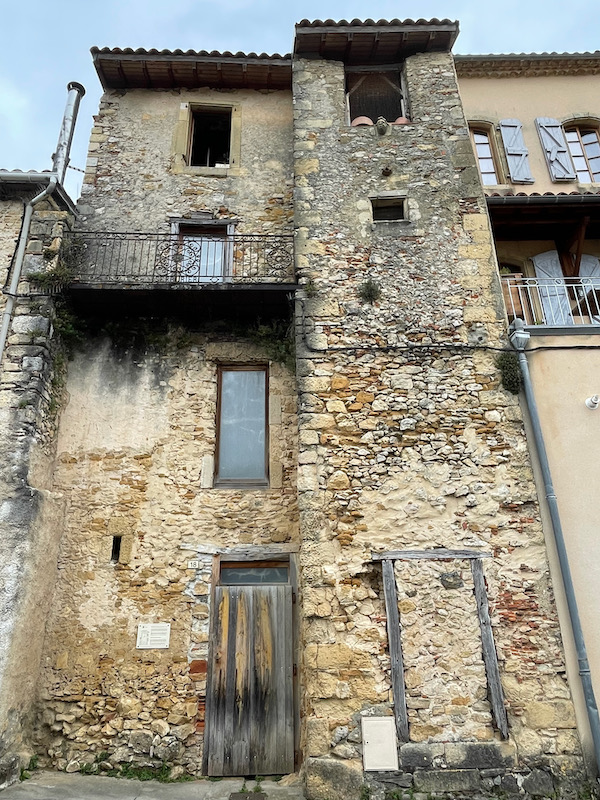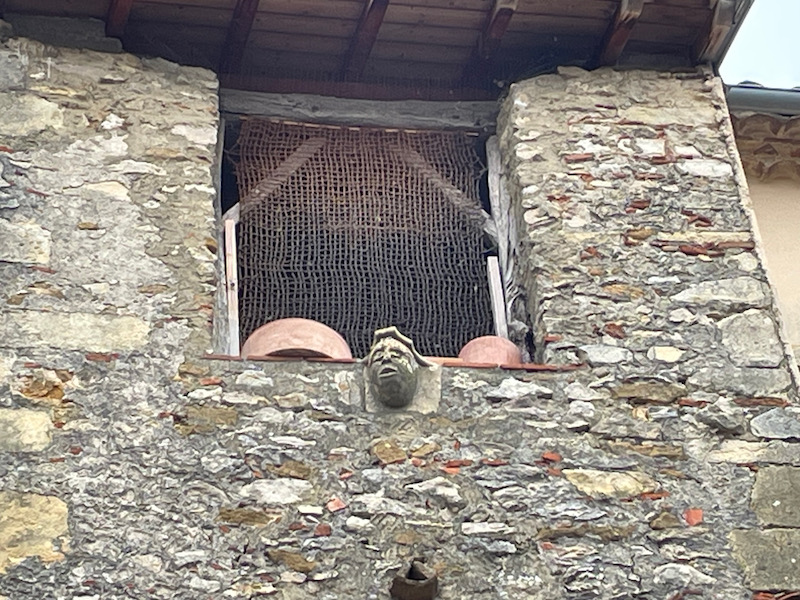Our Blog - Loop Trip - Aurignac, France
Aurignac is a town that is actually growing! From less than 1K in 1999 to over 1200 in 2021. It is probably best known for the Aurignac cave, which is just outside of town. Archaeological excavations carried out in the cave led to the definition of a prehistoric culture that corresponds to the beginnings of the Upper Paleolithic in Europe, marked by the arrival of Homo sapiens.
Gallo-Roman remains have also been found which dates back to the 1st century BC. A castle was built here in 1240 under the Count of Comminges until coming under the King of France in 1432. I have to say, that this town probably had the best tourist information around town of any 1200-person town we have visited!
The first thing that we came across is a 16th century arch that is called the Benque Gate. It gave access through the fortification walls to the town of Benque to the North.
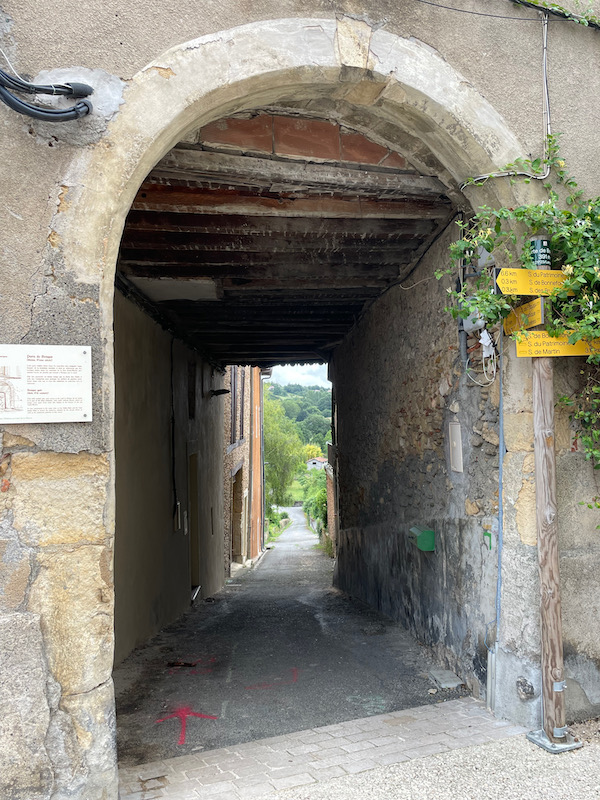
This is the Hôtel Féraud Barèges, which dates from the 15th and 16th centuries. It has a little garden between the gated entrance and the house. You can see how the houses on either side don't have this garden, as you can see the side walls of those buildings. The façade has mullioned windows, as does the other side of the building that you can't see. The name comes from the Féraud de Lasserre family, who at that time had the title of Knights of Barèges.
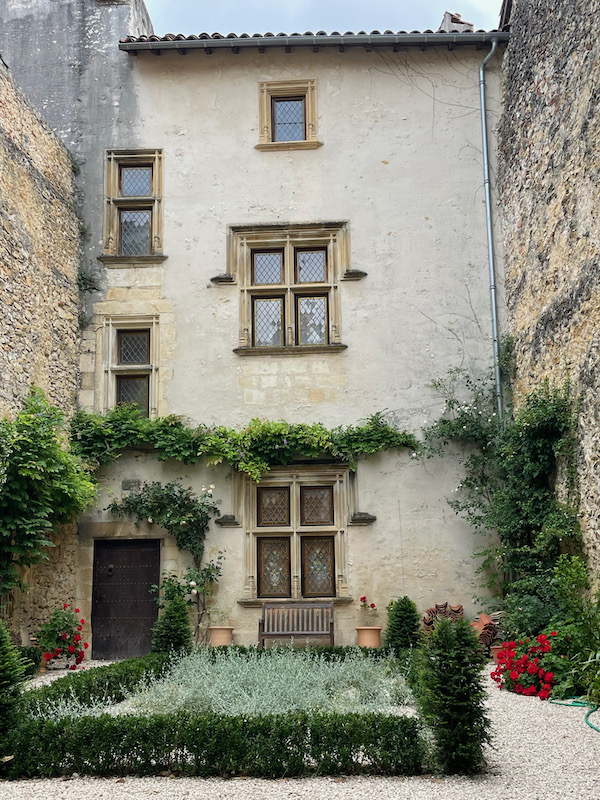
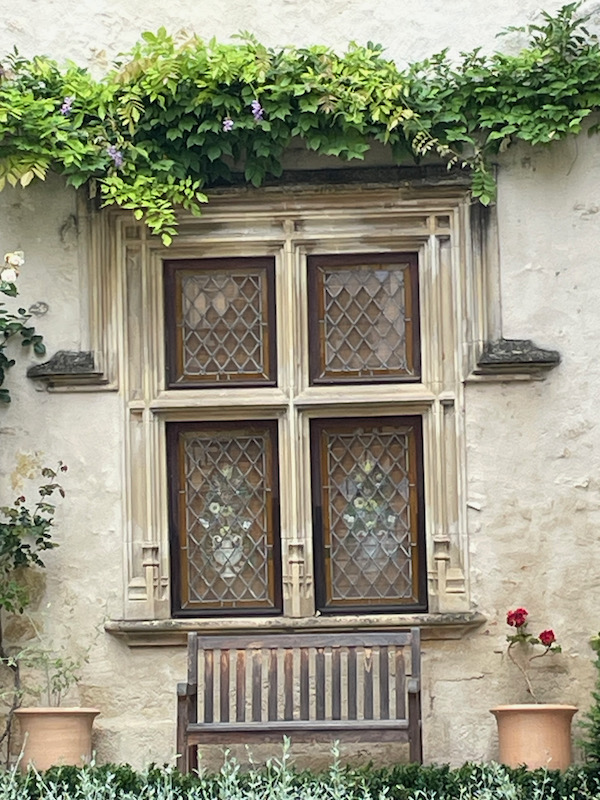
Just up the street is another Hôtel, called the Hôtel Carsalade. It dates from the 16th century and has a wide Renaissance façade, all in stone, with Gothic mullioned windows. You'll notice that each window looks a little different ... this is due to being added and modified at different times.
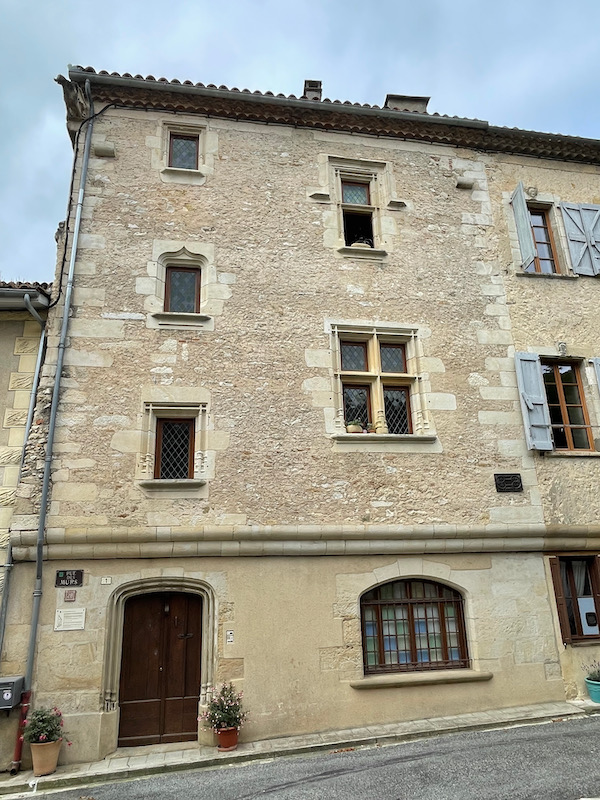
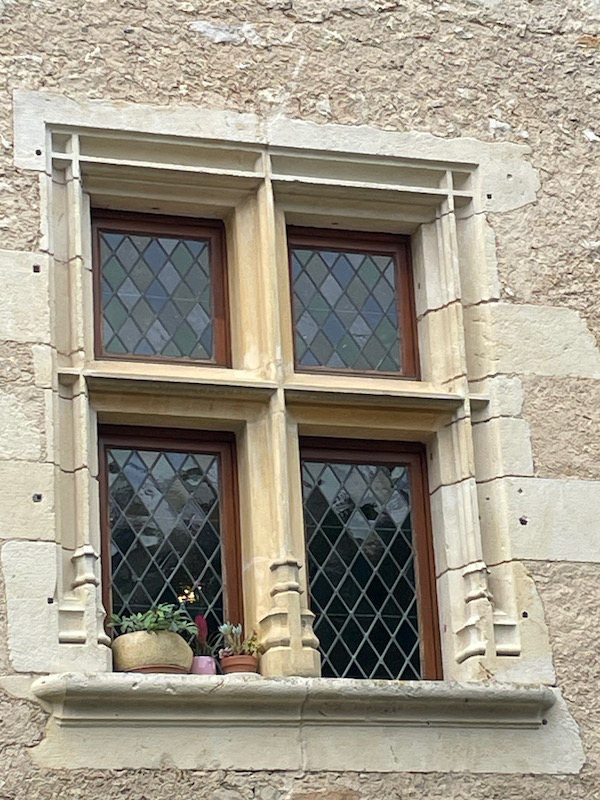
The 13th-century tower was the bell tower of the church just next door (that you will see shortly). The arch was a gate in the 1st ramparts of the town. Above the gate is a guard room where the 2 small windows are. In the 16th century, the upper part of the tower was added for the bells of the church.
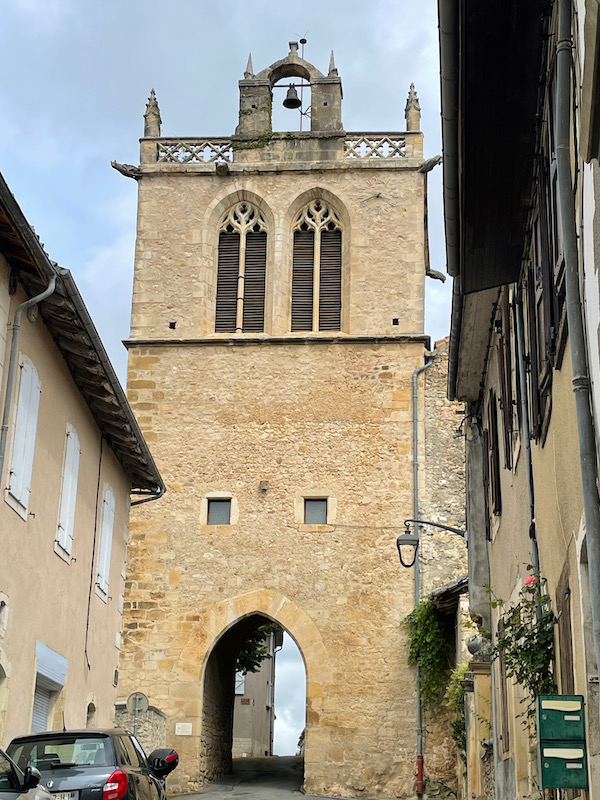
As you pass through the arch, the Saint-Pierre-aux-Liens church is just on the right-hand side. Mind you, it doesn't really look like a normal church. The deep porch has an interesting pointed arch and 4 twisted columns. Most of the statues in the niche's are missing except for those in the central pillar.
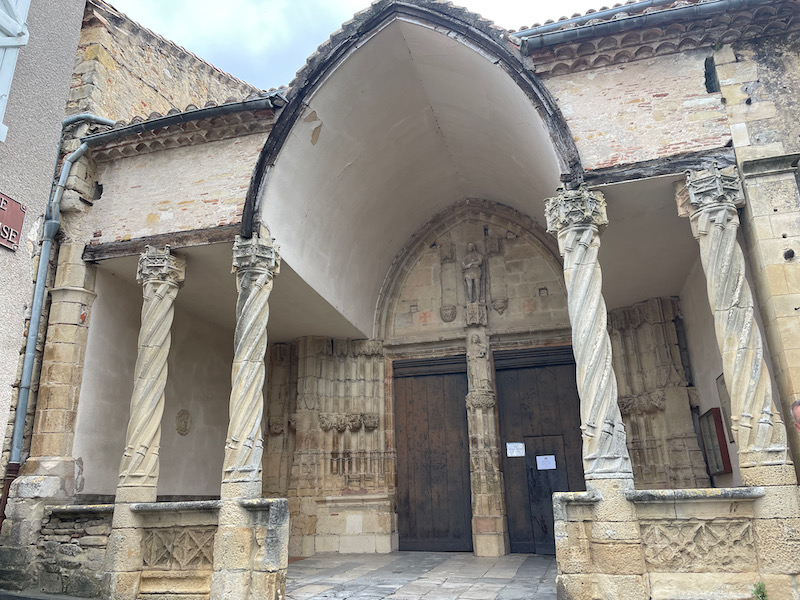
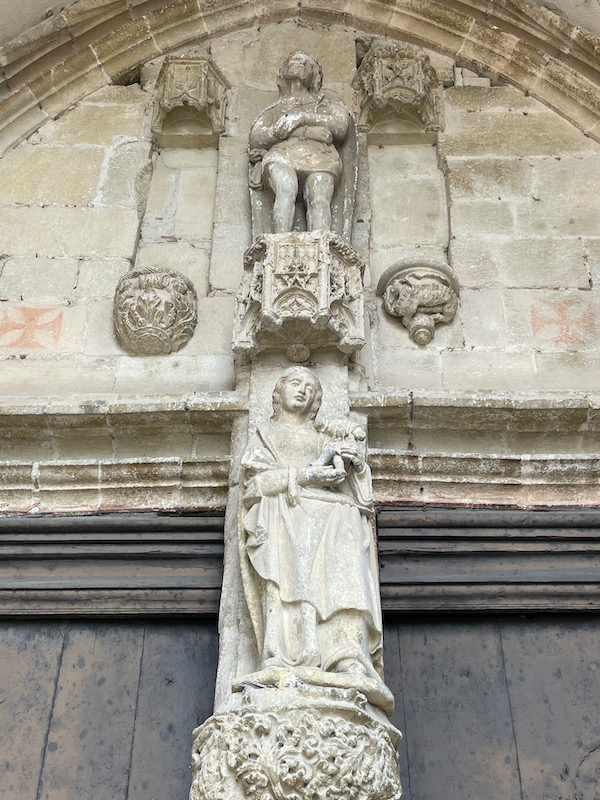
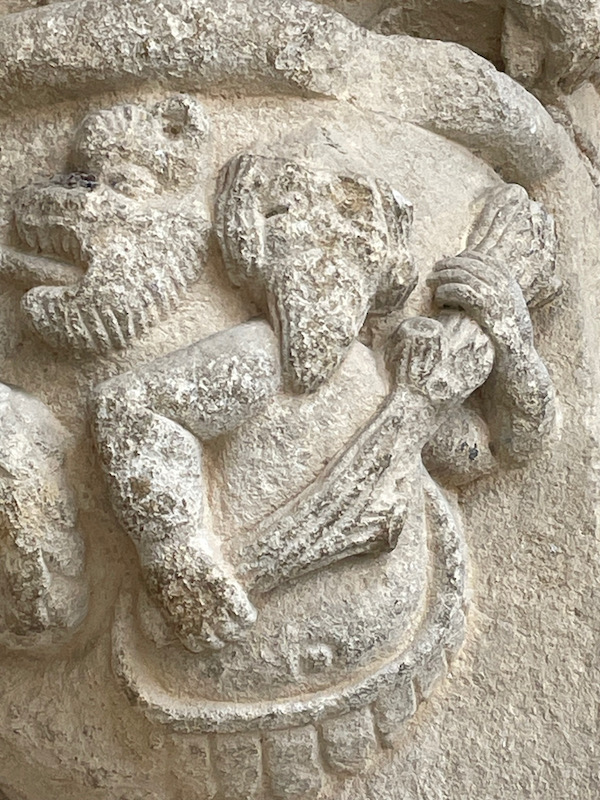
The interior was recently renovated, thanks to a $100,000 donation in 2013 from a couple from Houston. The choir area with the main altar has a really nice dark-blue ceiling with ribbed vaults.
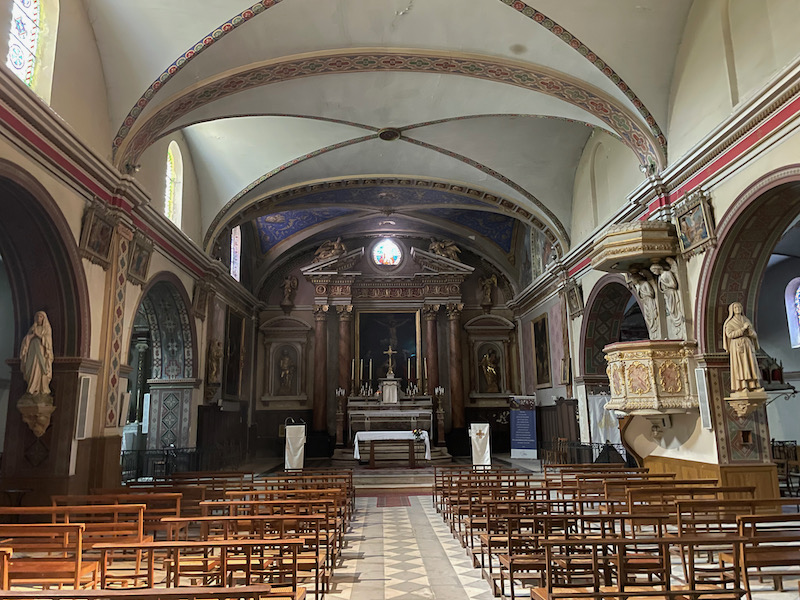
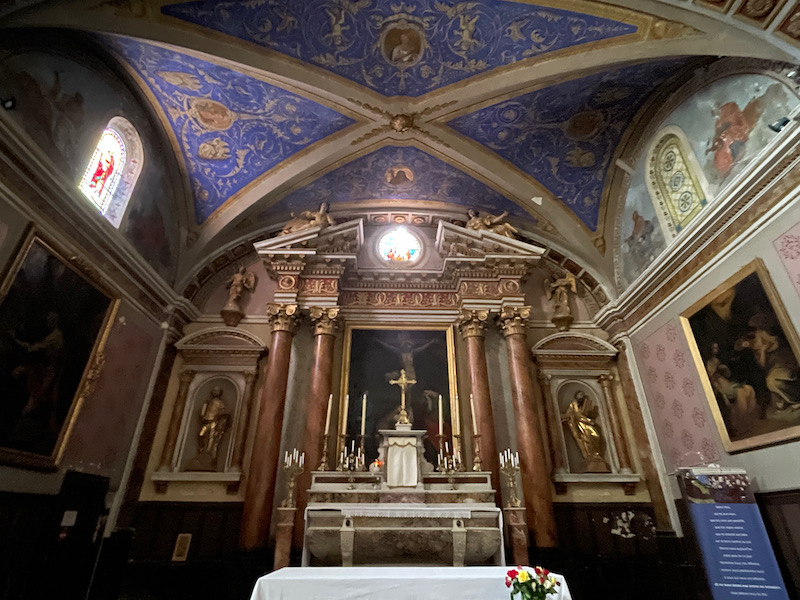
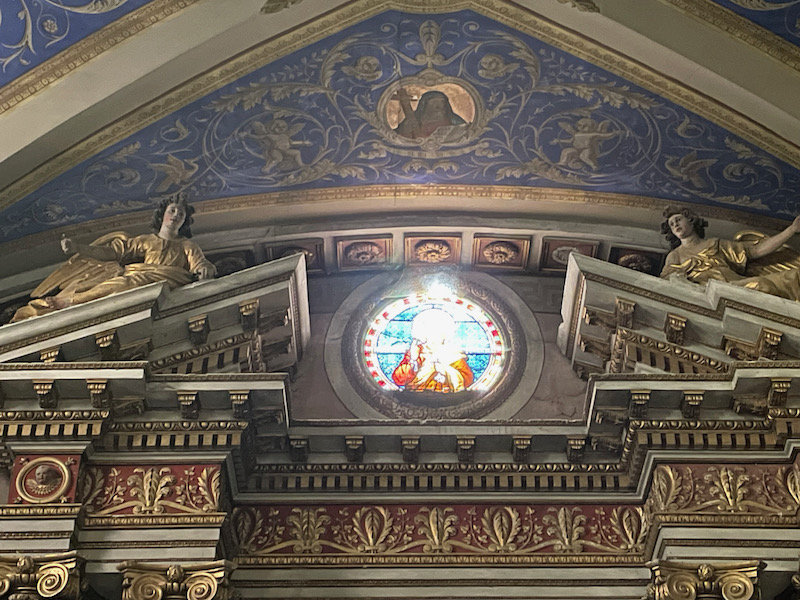
The nave also has painted ribs on the white ceiling. The other decorations are also fairly colorful.

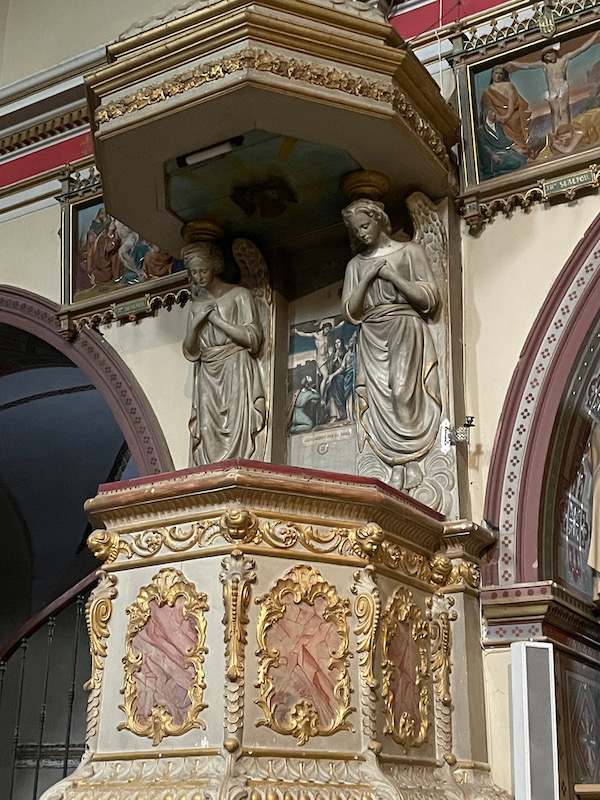
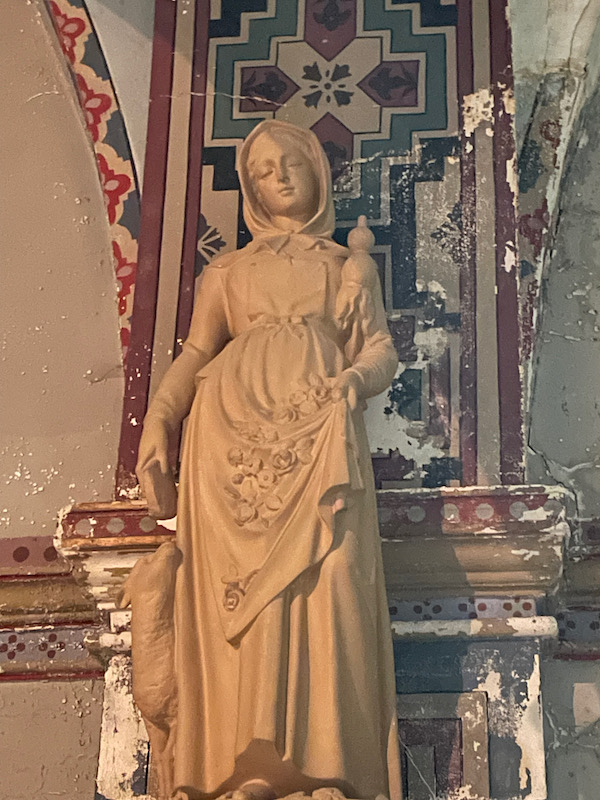
The castle of Aurignac was built in the 13th century, in the 1230s by the Count of Comminges Bernard V. Only one tower and some walls remain, and it is closed off except in July and August, when they have summer events for kids there.
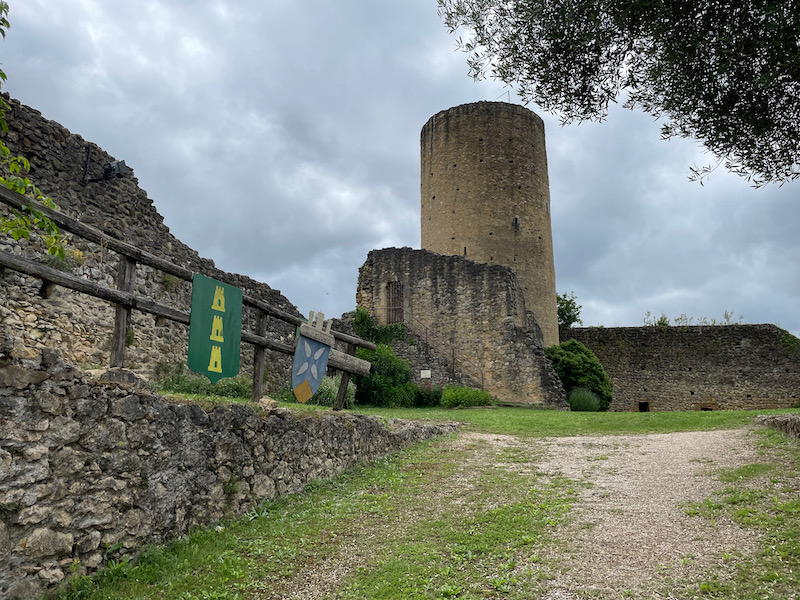
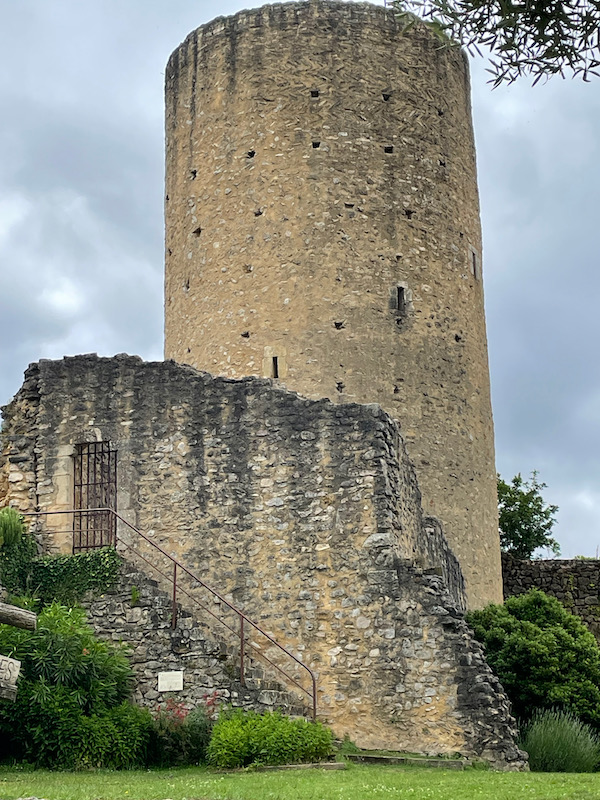
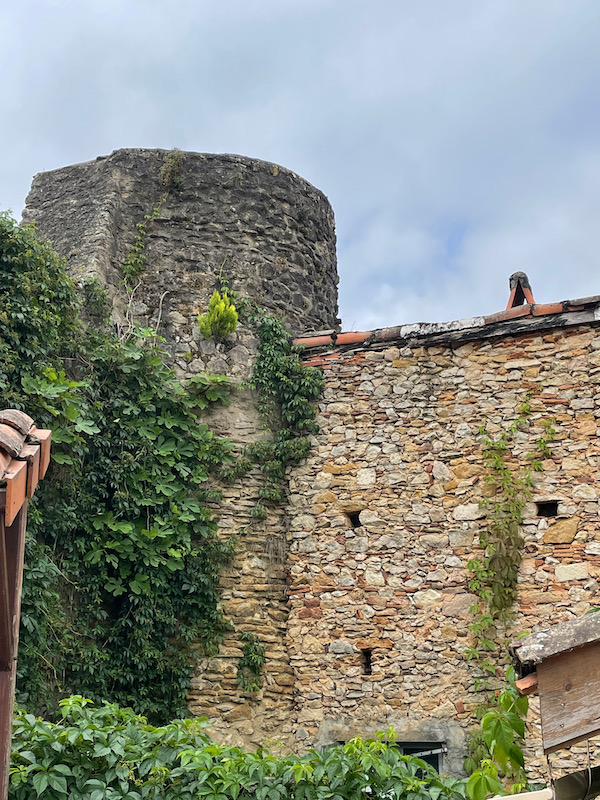
On the other end of town is another 13th century gate, this one the Cabirole gate. It was in the Western rampart and you can still somewhat see the circular stairs that went up into the tower.
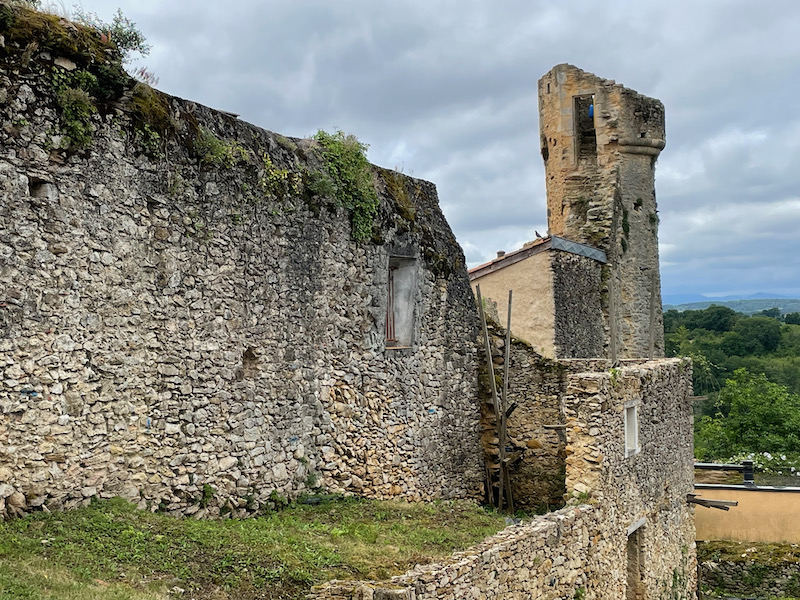
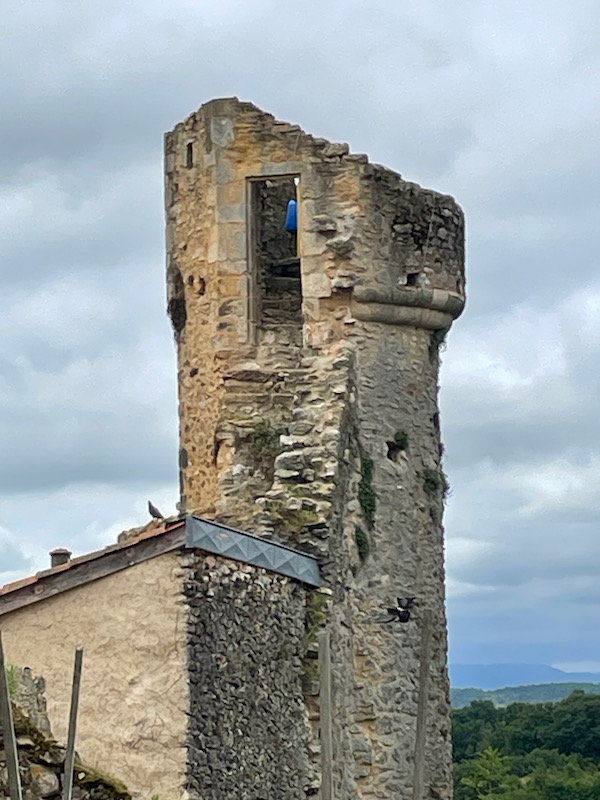
Just outside of that gate is this little tiny chapel, which was not open so you only get the exterior. It is called a "votive" chapel and was built around 1664. Local legend says that it was built due to a vow made by a local family to thank Saint-Roch for saving them from the plague, that came through this area in 1653-1654.
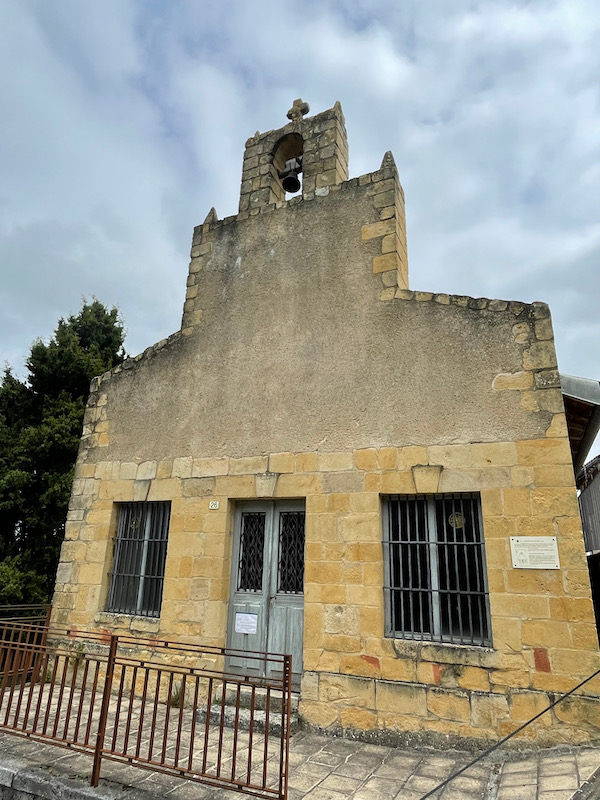
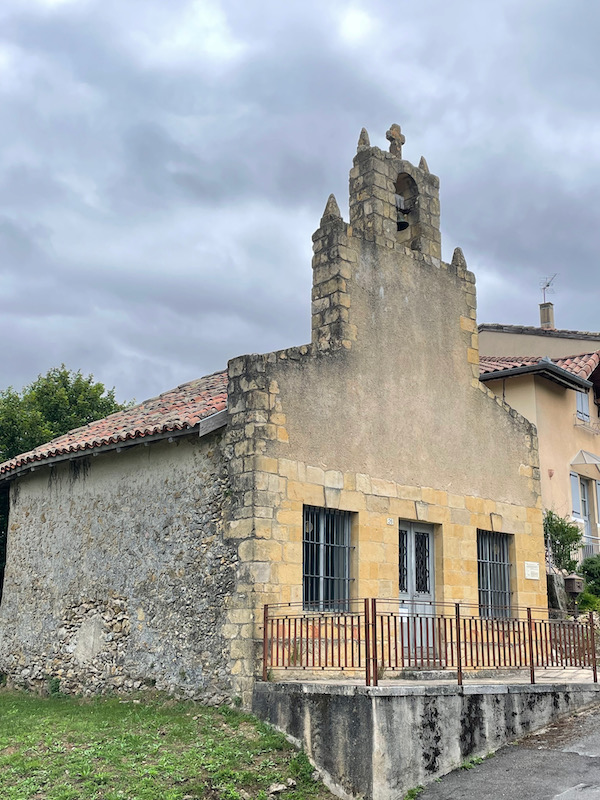
This is called the Alley of Mercy or Saint-Roch's walk. It is a long narrow alley constructed by monks of the Convent of the Mercy Fathers at the end of the 18th century. It is built on the top of a steep slope by building a thick wall and filling in behind with stones and soil to get a flat alley. You can see this wall in the 2nd picture.
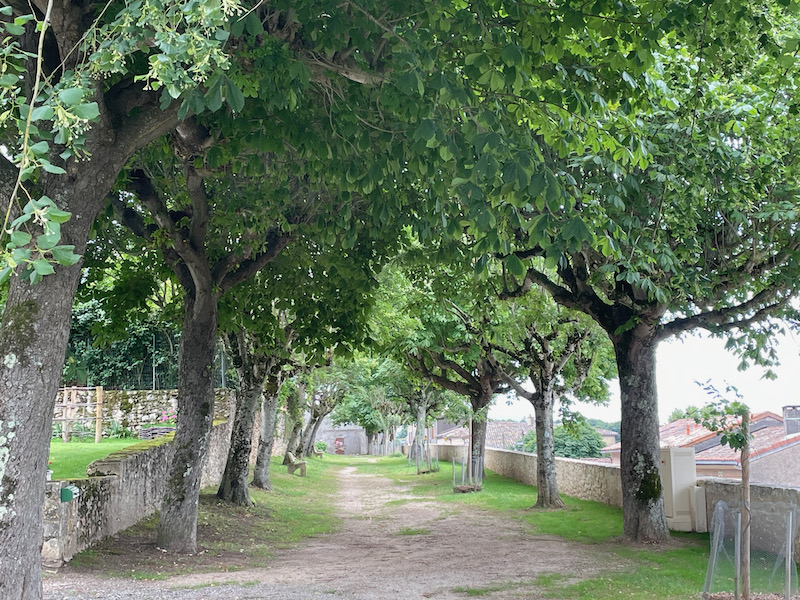
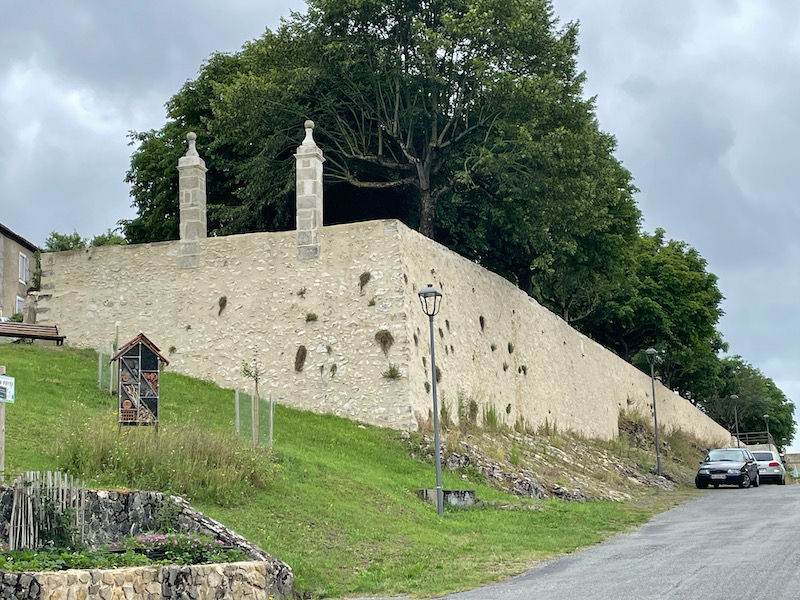
Another old tower, this one called the Tower of Savoie. The tower (and gate that was with it) dates from the 14th and 15th centuries and has been recently restored.
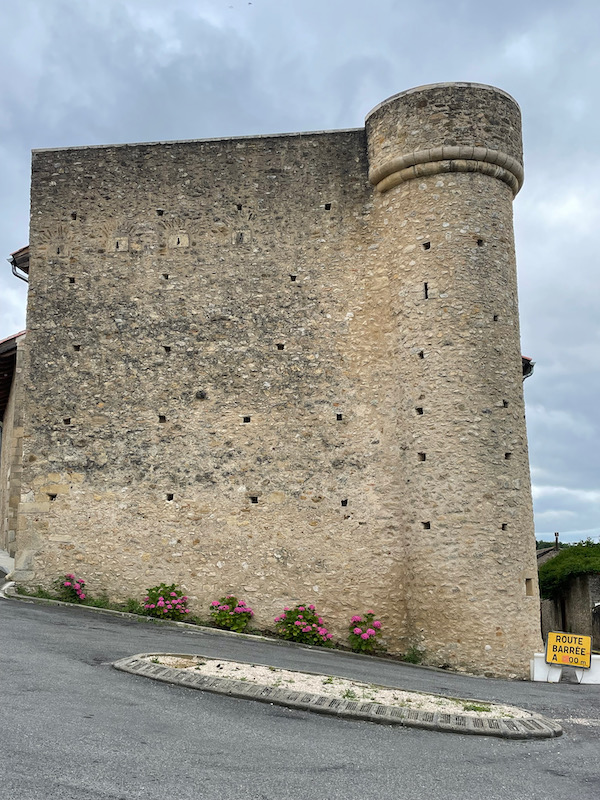
Last thing on the walk is this interesting house, which is one of 5 square towers from the 14th-century ramparts of the 2nd wall. Near the top is a human head underneath a window. It seems like the square tower (on the right) has been added to the house to the left, since the doorway in the square tower has been closed up (you can still see the wooden frame but it is filled with stones and concrete).
